Table of Contents
- What is Digital Transformation in the Classroom?
- Traditional Classroom VS Digital Classroom
- Why is Digital Education Important?
- Higher Student Achievements
- Access to a Wide Range of Students and Resources
- Personalized Learning
- Efficiency
- Collaborative and Innovative Learning
- Preparing for Workspace
- Different Digital Applications in Education with Examples
- Challenges in Applying Digital Technologies in the Classroom
- Solutions of Challenges
- Final Thoughts on Digital Transformation in Education
Data told us that the US government has spent more than 2.5 billion dollars on students' eLearning resources and staff. The UK government spends 900 million dollars annually on digital education. In 2020, the German government made a 6 billion euro investment in digital educational technology. In the same year, France dedicated 300 million dollars to convert its traditional classrooms into digital ones.
Now, the question is, what is digital educational transformation, and why do students need it? Why is it so important that countries are spending a bunch of dollars on it? Let's discuss these questions, along with various other aspects of digital transformation, in detail.
What is Digital Transformation in the Classroom?
Digital Education, also known as eLearning and Technology Enhanced Learning (TEL), involves adding digital technology and innovative tools in every part of schooling. It is changing the ways how the concept is delivered, conceived and learned by students and teachers. It is changing the dynamic of the educational ecosystem.
Digital transformation is not limited to changing whiteboards with multimedia content or notebooks with tablets. It is a revolutionary movement in education that is impacting thought patterns, teaching practices and learning journeys. It has given ways to personalized curriculum, gamification learning, flipped classrooms, online lectures that exceed geographical boundaries and self-directed learning in the classroom.
It focuses on unleashing the power of technology to prepare students for the workplace of the 21st century. Different tech teams have introduced AI tools and technologies that are fostering various soft and hard skills in students, making them a valuable part of society.
Traditional Classroom VS Digital Classroom
Traditional classroom revolves around the use of notebooks, pens and whiteboards for learning and teaching. Students have to enroll in educational institutes, attend traditional libraries to collect books and resources, and go to classrooms daily with their notebooks and pens. The teacher delivers the lecture by writing points on a whiteboard that students have to listen to and take notes on their books. There is no concept of individualized learning as one teaching approach is only present in the classroom and students have to follow it.
Rote memorization techniques are the learning method, and there is a fixed curriculum that students and teachers have to follow. In the end, teachers grade the assessments through standardized procedures.
This whole scenario is different in the digital classroom. In it, students use AI tools and tablets in the classroom while teachers use a projector and a Learning Management system (LMS) to teach. In place of a fixed curriculum, there is a flexible curriculum that allows trendy topics and subjects to enter the classroom. Teachers act as a facilitator and students have to do active learning through group projects, games and EdTech.
Students don't need to enroll in the classroom if they don't want as online classes and MOOC courses are available. Grading is personalized, and he prefers learning over grades. Personalized learning is part of the classroom as teachers acknowledge that every student is different and requires a personalized approach toward learning.
Why is Digital Education Important?
Different researchers and psychologists have found how digital technologies and tools are benefitting students and educators around the globe.
Higher Student Achievements
Eng researcher found that technology can enhance student learning and make the way to higher achievements. Different researchers reported that technology enhances attention, engagement, communication skills, teamwork and other relevant learning skills in students. Balanskat researchers found a positive relation between technology use and higher student achievements in secondary and higher education. It has improved the performance of low-achieving pupils. Research in 2018 found that technologies improved the learning outcomes of school-age students (5-18 years).
Access to a Wide Range of Students and Resources
Digital technologies have ensured that students from lower-developed areas and having financial issues can access education. There remain no constraints of geographical locations due to learning platforms. Different researchers in 2011 found that these platforms also allow students to access a wide variety of quality learning resources.
Personalized Learning
Personalization has also become possible due to the use of various AI tools. Teachers can create curriculums according to the preferences of students as they all have unique learning requirements. Different researchers found that personalized learning has helped students in developing essential skills such as math and literacy skills. The longer the students are exposed to personalized learning, the better their performance gets.
Efficiency
Technology has enabled students to find the weak areas where they need to focus to excel in their lives. It has made it easy for them to find their interests and what they should do to proceed in their lives. It helps in problem-solving by providing quick assessments, visualizations, simulations and annotation technology.
Collaborative and Innovative Learning
Technology has allowed students to collaborate and interact with each other as they want. This collaboration has allowed flexible learning, promotion of soft skills and group projects in the classroom. It helps in building communication skills in learners.
Preparing for Workspace
Digital technology helps students build IT skills and all the essential soft skills that are necessary to work in the workspace. The 21st-century workspace is dynamic and includes various soft and technical skills that one needs to excel in the workspace.
Different Digital Applications in Education with Examples
There is a large list of different types of digital applications in the education field, each category having a long list of AI tools.
Improved Teacher's Productivity: Different tools help teachers in planning curriculum and lessons. It enables them to access different resources, do quick assessments of students’ assignments and learn new skills with ease. Examples of these tools are Perplexity, Turnitin, Coursebox, etc.
Online Learning: Various tools enable teachers and students to have live or recorded online classes. Zoom and Google Classroom are examples of it.
MOOC: Various MOOC platforms have free courses, allowing students to get education in an affordable range. These courses have the power to replace college degrees. Coursera, FutureLearn, Udemy and edX are examples of MOOC platforms.
Teamwork and Collaboration Tools: There are various tools that allow students to collaborate with each other outside the classroom. This helps them learn new academic skills, enhance their learning and do group assignments and projects. NextPage AI tool is an example of it.
Learning Management Systems (LMS): There are various LMS systems, such as Google Classroom, that help teachers bring resources, games, collaborative tools and other essential tech elements into the classroom. They have introduced multimedia content in the classroom with the help of these tools. These systems also help them in creating personalized curriculums for students and grade their assignments within a few minutes. They also enable them to share feedback with students as soon as possible. Teachguin is another example of it.
Study Aids: There are various kinds of study aid tools that aim to enhance the productivity of students enabling them to do self-directed and personalized learning. For example, Kahoot and Quizizz allow students to learn new concepts with the help of games, quizzes and spaced repetition techniques. Monic AI also contains AI summarization and flashcard generation tools that can help students learn and understand concepts. Mathly is the platform to help students with Math skills. Virtual and Augmented reality technology helps students understand concepts. AI journals, calendars and booster apps are other examples of study aids for students.
Challenges in Applying Digital Technologies in the Classroom
There are major challenges students and teachers can face while implementing digital technology in the classroom.
The first major challenge is the technology division. Some students are from low-income families and who don't have access to technology and the Internet. There are students in rural areas who don't have a stable internet. These students can't have access to digital education and resources that can impact their academic performance.
There are a few students who do not know how to use digital devices so they face issues in understanding concepts and using these tools. It also impacts their performance. Moreover, excessive screen time also takes a toll on the health of students and teachers.
Teachers also can face issues in understanding digital tools as they don't have any skills related to it. This situation can occur in those areas where online learning is not a norm.
Solutions of Challenges
The major solution to these challenges is to train teachers and students in using the tools. Educational institutes and the Government should provide special training sessions to educational stakeholders. Moreover, they should promote a healthy screen time routine for the learners.
Digital libraries can solve the issue of the tech divide. These libraries should be open to everyone and have all the resources a student needs for learning.
Final Thoughts on Digital Transformation in Education
The educational environment is slowly changing due to the introduction of digital technologies in the classroom. The digital revolution makes it easier for students to access resources. It enables them to personalize learning and prepare them for the future of teaching and learning.
There are a few challenges in implementing digital technologies in the classroom that can impact a lot of students around the globe. So, educational institutes need to take essential steps toward the solution to revolutionize the landscape of the education field.







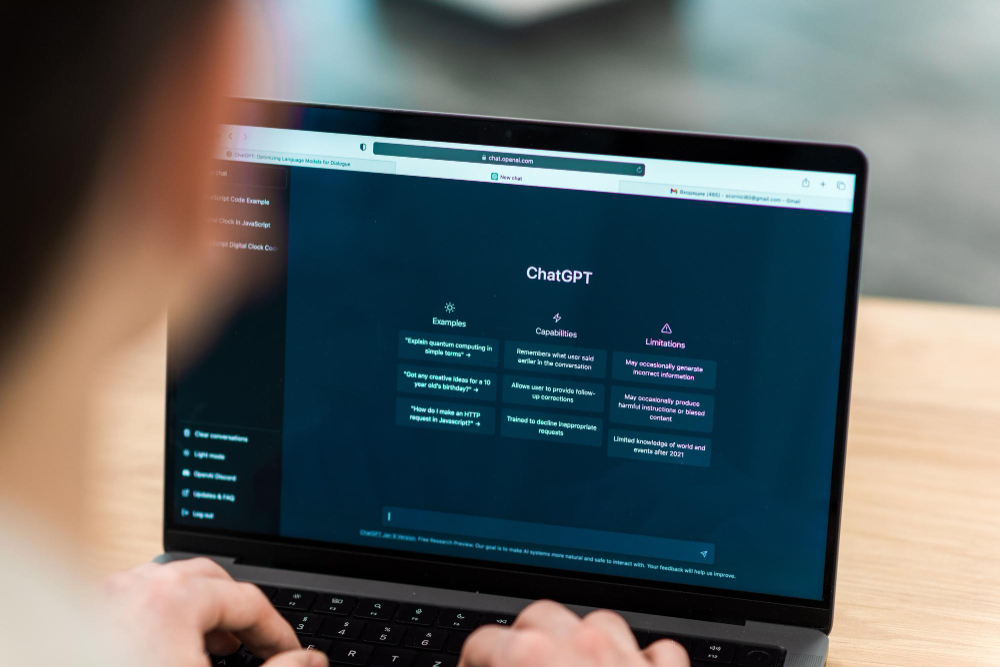








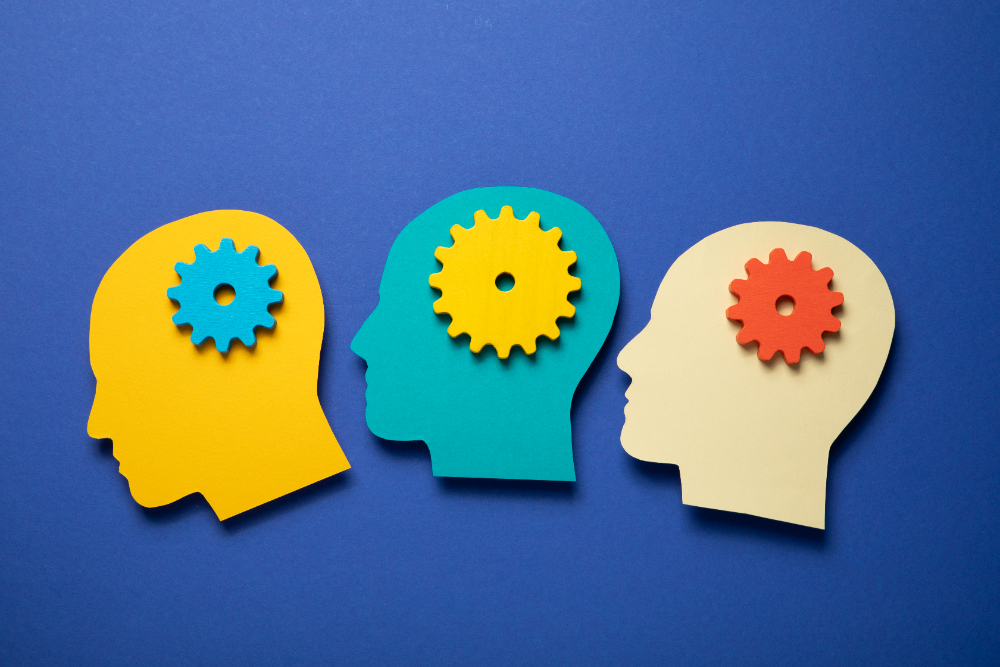



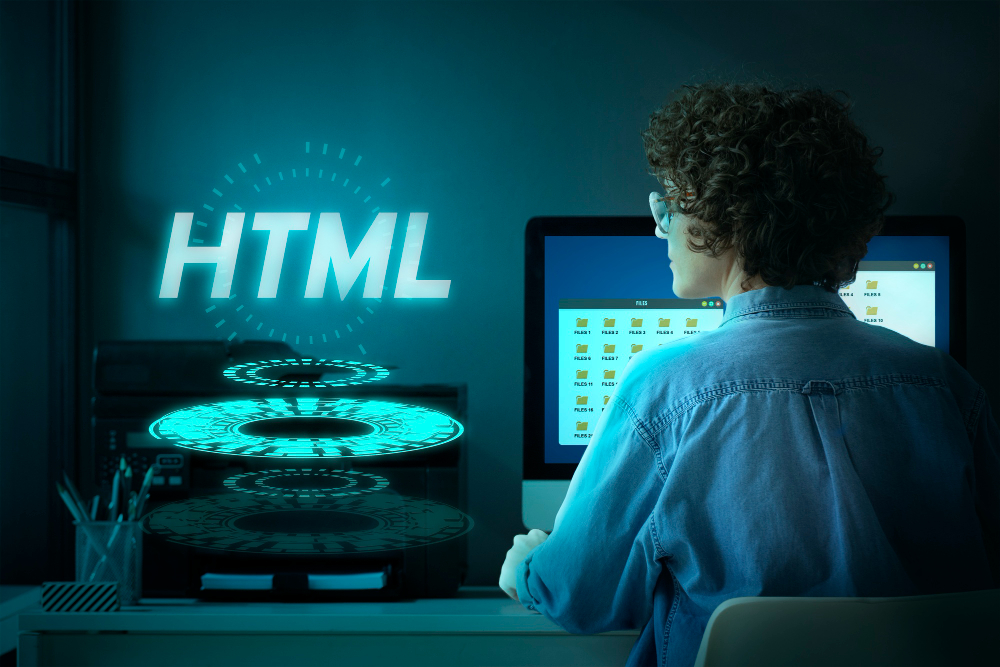


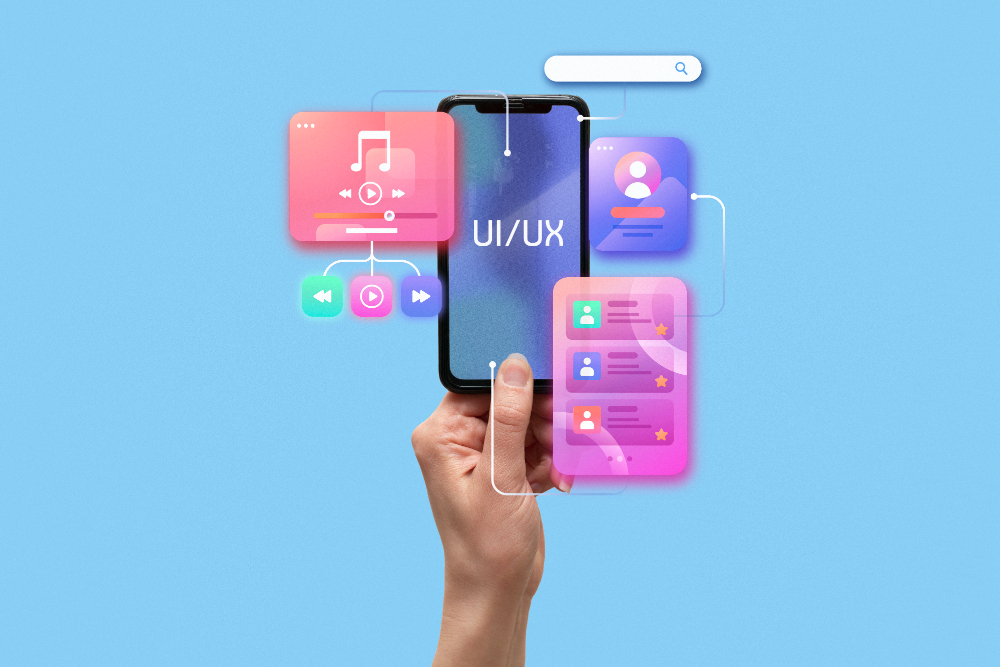
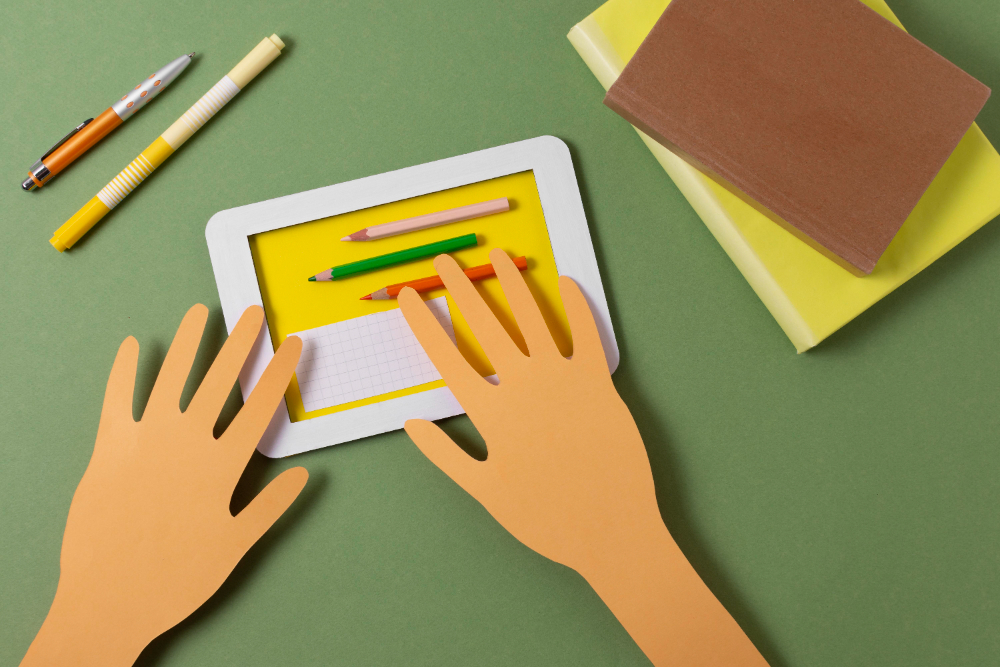


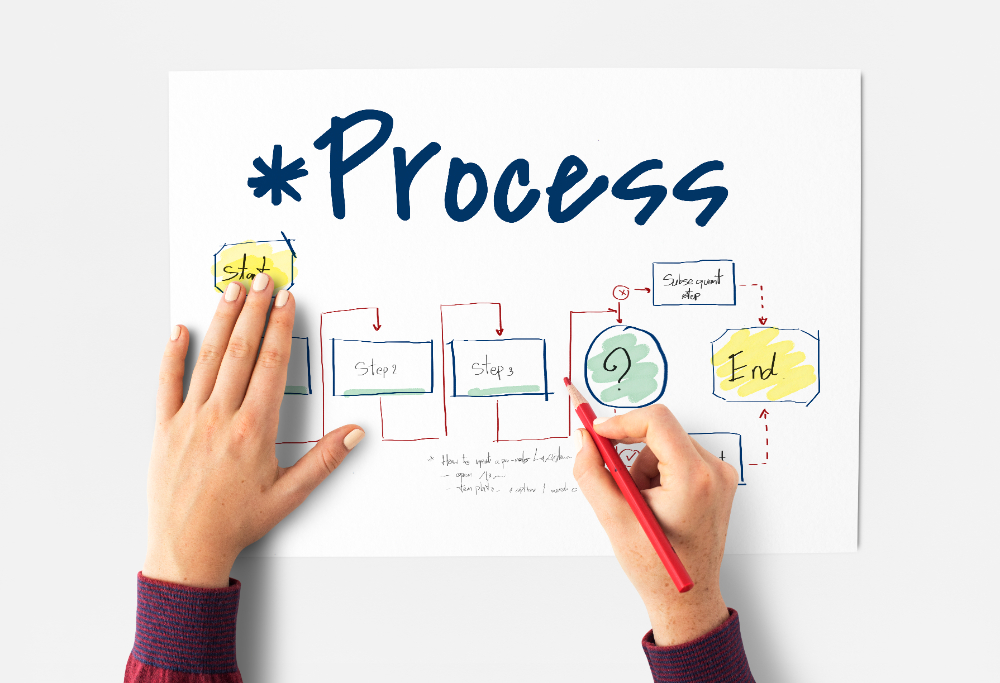



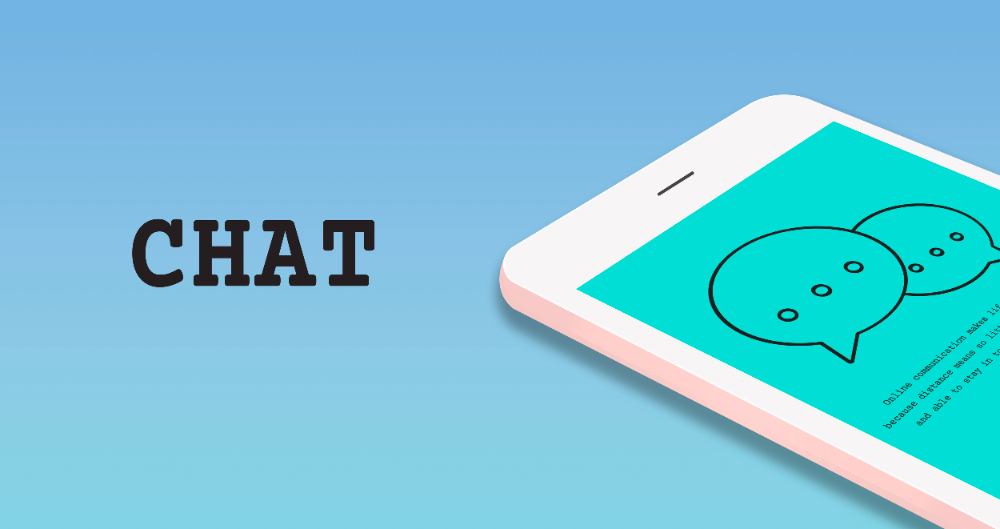

Comments are closed.